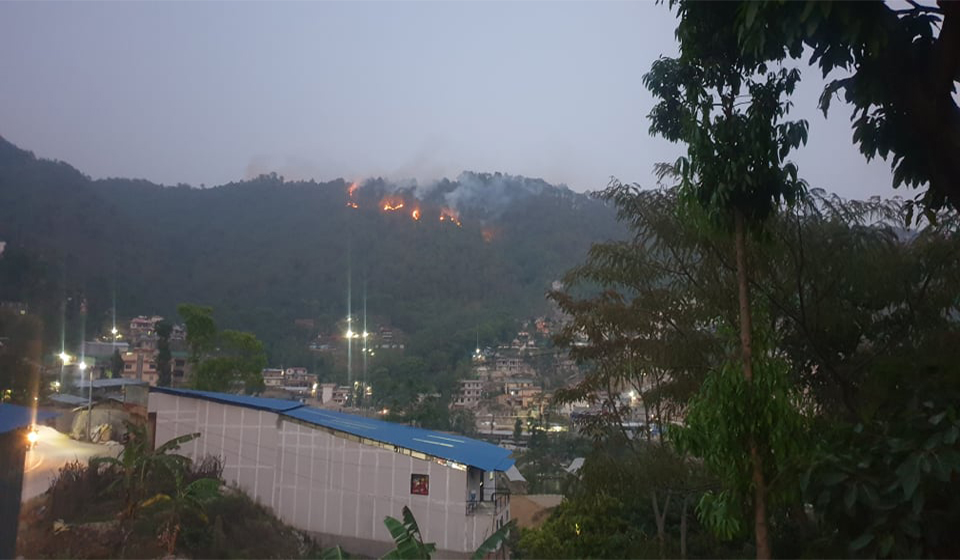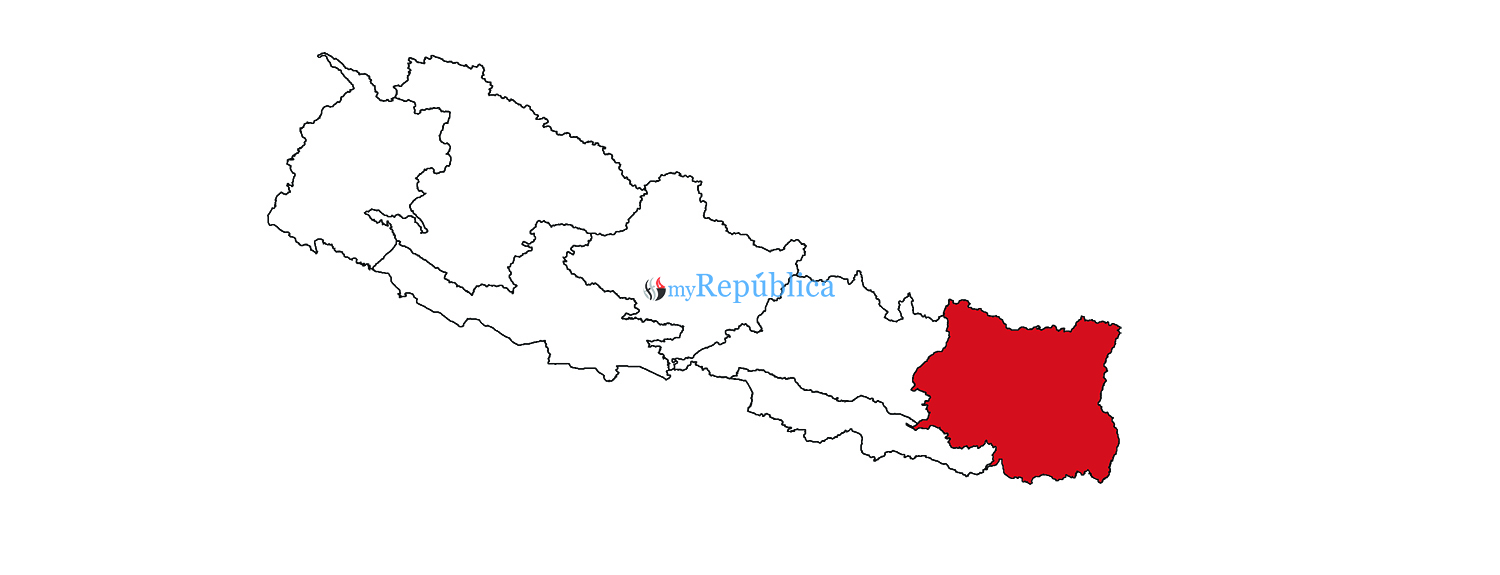
OR
Editorial
A Call to Action for Precautionary Measures
Published On: February 14, 2023 07:45 AM NPT By: Republica | @RepublicaNepal

With the beginning of the dry season, Nepal is facing an alarming increase in forest fires. Myagdi district in western Nepal alone has reported at least 25 incidents of wildfire, with six of the eight wards in Annapurna Rural Municipality in the district being affected. The situation has gotten worse this year as hilly and mountainous areas are left dry as there has been no winter rainfall. This is not the story of Annapurna Rural Municipality alone. Many other areas in the country share the same story. With the onset of the dry season, hundreds of such instances are reported across the country. The yearly recurrence of forest fires is a cause for concern and calls for immediate action to prevent and control them.
The consequences of forest fires in Nepal are dire and far-reaching. They cause widespread damage to forests, wildlife, and local communities, and contribute to global warming and climate change. Forest fires destroy the lush green cover of forests, reducing the overall health and biodiversity of the ecosystem. They release large amounts of carbon dioxide and other harmful greenhouse gasses into the atmosphere, causing environmental degradation and loss of habitats for wildlife. Additionally, forest fires can displace wildlife and disrupt their habitats, causing harm to species and the ecosystem as a whole. For local communities, forest fires can affect their livelihoods by destroying homes, crops, and access to resources such as water and wood. The economic cost of forest fire is equally high. They can result in substantial economic losses, including the cost of fire-fighting efforts, lost tourism revenue, and decreased productivity of the forest. The public health cost of forest fires cannot be underestimated, as smoke from fires can cause respiratory problems and other health issues. This highlights the urgent need to take precautionary measures to control forest fires as the dry season has just begun this year.
Preventing forest fires in Nepal requires a multi-faceted approach involving the government, local communities, and non-government organizations. Raising awareness and educating local communities is crucial in preventing forest fires. The government should launch campaigns and programs to educate people about the importance of preventing forest fires and the consequences of such fires. Non-government organizations can join hands with local communities to promote sustainable forest management practices and reduce the risk of forest fires. Controlled burning and thinning, carried out under the supervision of trained professionals, can also help reduce the risk of forest fires. Local governments together with the concerned government office can take necessary measures in this regard. The government should enforce laws and regulations to prevent people from starting fires in forests, especially during the dry season when fires are more likely to occur. Planting new trees and reforestation efforts can help restore degraded forests and prevent future fires. It is equally important for the government bodies concerned to invest in fire-fighting equipment and infrastructure and train personnel to effectively respond to forest fires.
The dry season brings with it the yearly recurrence of forest fires, which are a serious issue in Nepal. The yearly recurrence of forest fires in the country highlights the urgent need for precautionary measures to prevent and control them. The consequences of forest fires are far-reaching and affect the environment, local communities, and the economy. By working together and taking a proactive approach, we can ensure that our forests remain protected. Let us take action now to prevent forest fires and protect our precious natural resources for the benefit of us all.
You May Like This

Outreach Nepal lifts Nepal Ice AAN Futsal
KATHMANDU, May 13: Outreach Nepal has lifted the first ever Nepal Ice AAN Futsal Tournament 2018 defeating Media Basket by a... Read More...

Nepal vs Kenya: Five crucial things Nepal looks for second match
KATHMANDU, March 12: Nepal is taking on Kenya on Monday in the second match of the ICC World Cricket League... Read More...

SCOPE Nepal provides foil blankets to Nepal Army
KATHMANDU, Jan: SCOPE Nepal, an NGO working in peace, security, environment and social justice, handed over 378 emergency foil blankets to... Read More...
Just In
- UAE secures spot in ACC Premier Cup final, defeating Nepal by six wickets
- NC to boycott Gandaki Province Assembly, submits letter to Speaker
- 850 grams of gold seized from Indian national at TIA
- Rupandehi District Court orders to release Dipesh Pun on a bail of Rs 400,000
- Teachers’ union challenges Education Minister Shrestha's policy on political affiliation
- Nepal sets target of 120 runs for UAE in ACC Premier Cup
- Discussion on resolution proposed by CPN-UML and Maoist Center begins in Koshi Provincial Assembly
- RBB invites applications for CEO, applications to be submitted within 21 days












_20240311121839.jpg)





Leave A Comment